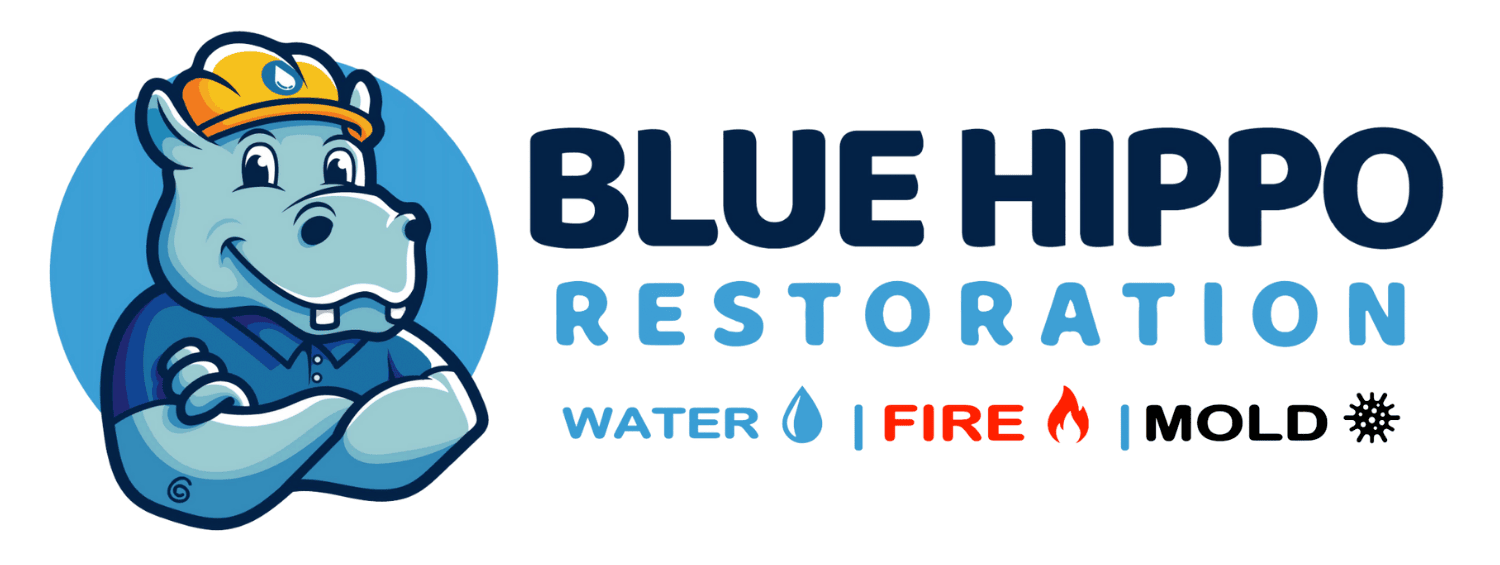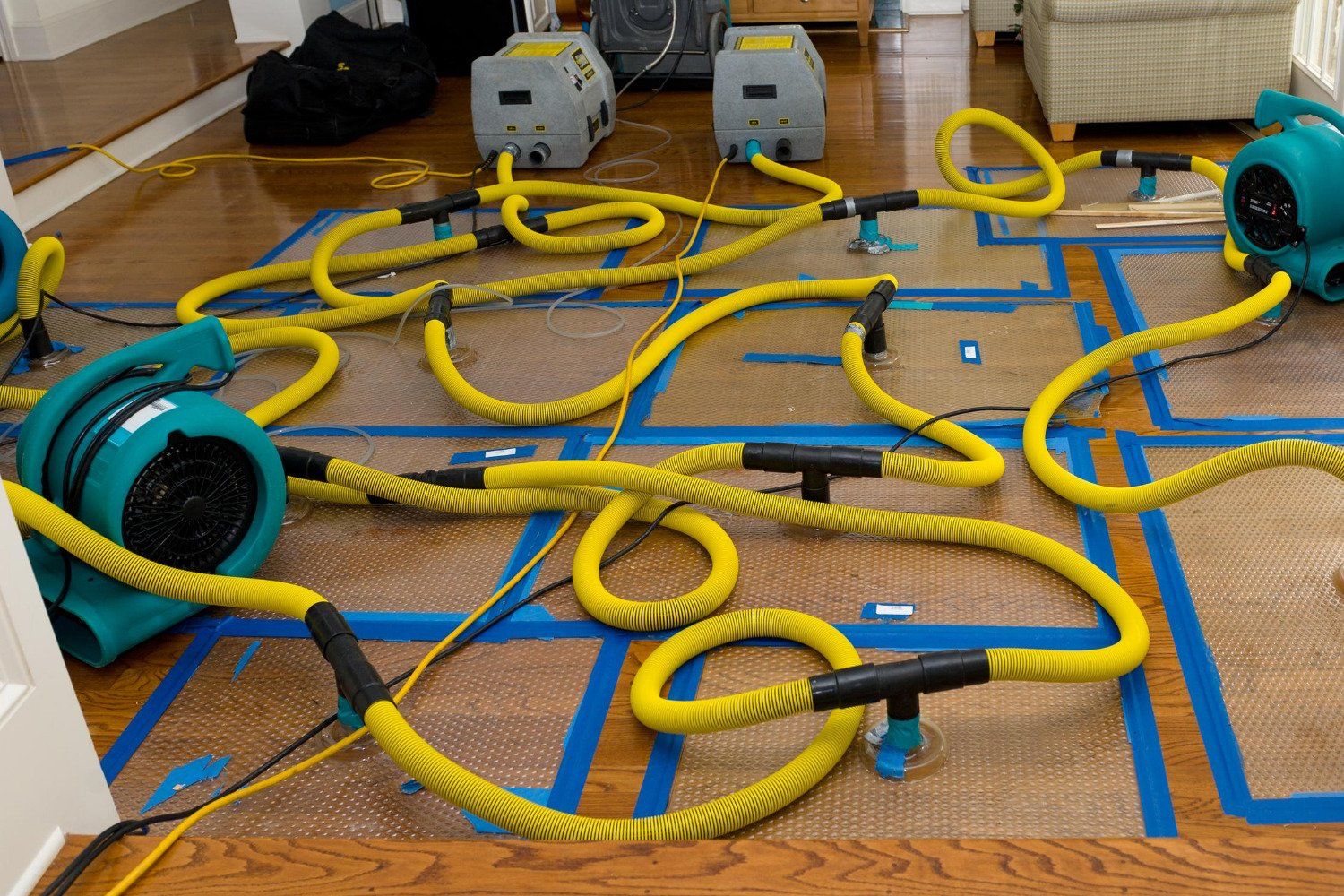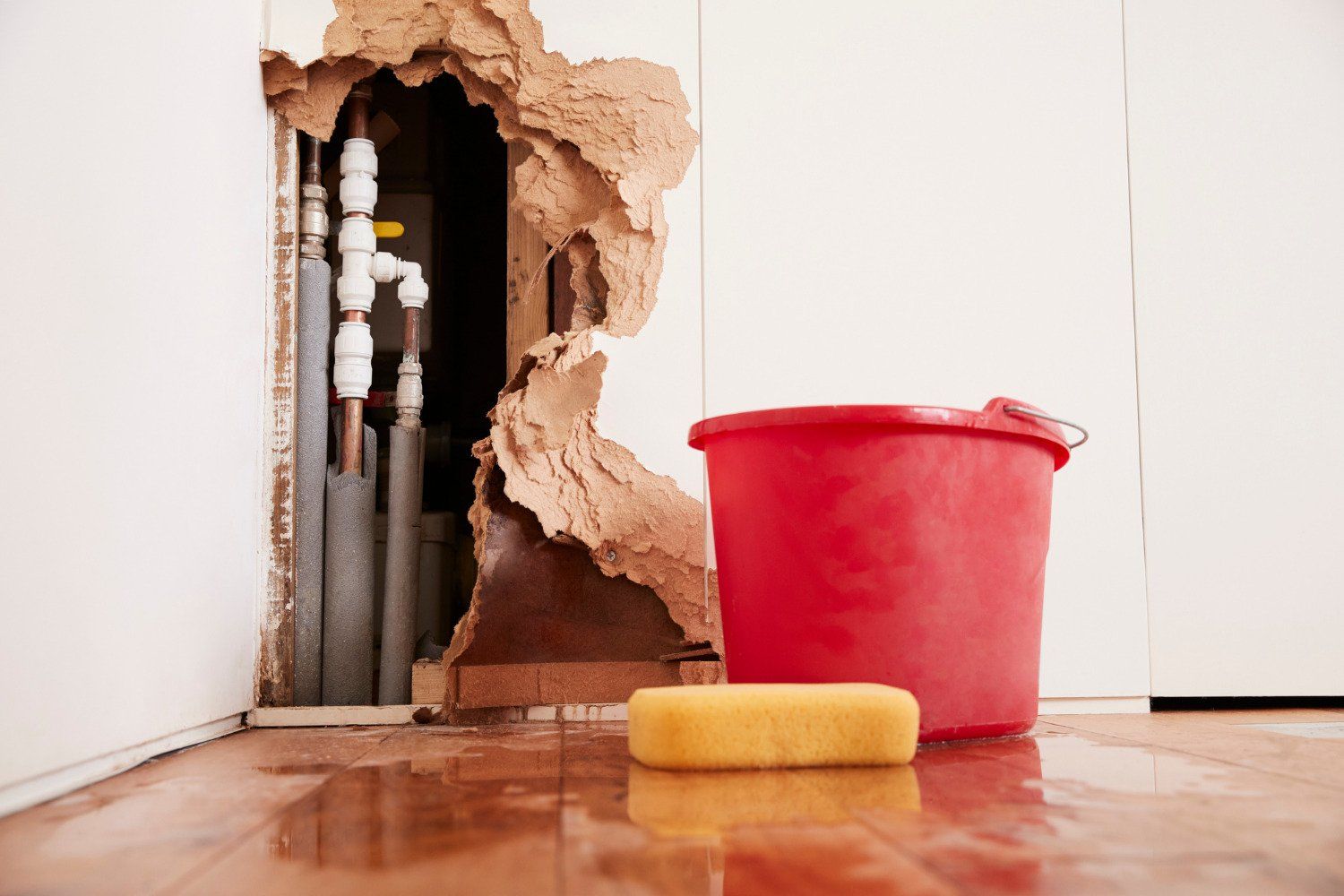How Blue Hippo Restoration Repairs a Wall With Water Damage Cleanup
Almost anyone can be harmed by drips, leaks, and floods. If you live in Houston, TX, you are probably aware of how susceptible you are to water damage. Though you may go to great lengths to avoid damage, sometimes it is unavoidable.
When you notice water damage on a wall, you must address the issue immediately through water damage cleanup. You can perform the repairs yourself or contact us, Blue Hippo Restoration, if you require additional assistance. This is how we carry out the water damage cleanup process.
Determine the Source of Water
First and foremost, you must determine the source of the leak or flood. Skipping this step will almost certainly result in the problem reappearing in the future. The source of the excess water could be right next to the damaged wall or in another part of the room. Finding the exact source of the water damage is critical to the water damage cleanup process because it allows you to ensure that all water damage has been identified and dealt with, preventing future mold growth or other complications.
Call us at (832) 497-4497 if you're having trouble locating the leak source.
Assess the Damage
You must have a plan before beginning your project, and in order to do so successfully, you must first inspect the area. If the damage isn't too severe, you can do the repairs yourself. Depending on the extent of the water damage, you may need to replace all of the drywall. You can get away with removing the damaged portion and patching it up if there isn't much damage. If the drywall becomes too saturated and sags or crumbles when touched, you'll need to replace it entirely.
Prepare the Area
When embarking on a project like this, safety should always be your top priority. When working with wet drywall, experts strongly advise you to wear a mask and safety goggles. In addition, to protect your room and floor, place a tarp down to collect dust and debris.
Once everything is in place, you can begin preparing the wall. Cleaning and scraping the area before making any changes is a good place to start when repairing a water-damaged wall. Allow time for the area to dry after cleaning it with a damp cloth. Then, using a scraper, remove any remaining bubbling and peeling.
Cut Out or Remove the Wet Drywall
The amount of water damage on your wall will determine whether you cut out a small portion of it or completely remove it. To ensure effective water damage cleanup, ensure that all water damage is dealt with completely by removing whatever cannot be restored. If you need to replace all of the drywall, cut along the line with a utility knife, removing the baseboard trim first, then the damaged drywall. If you notice that the insulation inside is also wet, that needs to be replaced as well.
If the damaged area is small, all you need to do is cut out the affected area. However, if you want the lines to be even, you should draw an outline of where you intend to cut before making any incisions.
After removing the drywall, you must allow the area to dry. You should allow at least 48 hours for the affected area to dry out. This process can be sped up by using fans and dehumidifiers.
We strongly advise you to contact a licensed electrician if you notice any damage to electrical sources within the wall.
Apply Filler to the Area or Replace Insulation and Drywall
If you only cut away a tiny section of the wall, the next step is to apply the filler. This covers the removed wall and prepares it for painting. It is vital, as with the previous steps in this process, to allow the wall to dry. Again, using a fan may aid in the efficiency of this process.
If you decide to replace all of the drywall, this is the stage to do it. Check that all of your insulation is adequate and that your drywall is secure.
Sand and Paint
If you used drywall filler, you must sand the area before painting. Before scraping away, always ensure that the area is totally dry. Sand the area with a sander until it is smooth and ready for painting.
Whether you accomplished a repair or a complete drywall replacement, the final step is to paint. This helps to hide the fact that water damage cleanup took place. You may choose to use a water-based primer before applying the paint.
Contact Blue Hippo Restoration for All Your Water Damage Restoration Needs
We understand that fixing or replacing water-damaged drywall can be confusing and time-consuming for some. If this is the situation for you, contact us immediately. We can swiftly and securely repair water damage in your home as water damage cleanup professionals.
To obtain a free estimate for our water damage cleanup services,
contact Blue Hippo Restoration at (832) 497-4497 or visit our website at
http://bluehipporestoration.com/.
More To Explore
Need Help With Disaster Restoration?
GET A FREE QUOTE TODAY
We are IICRC certified and hire only the most trustworthy and dedicated team members to ensure that each job is taken seriously and handled with absolute professionalism.


